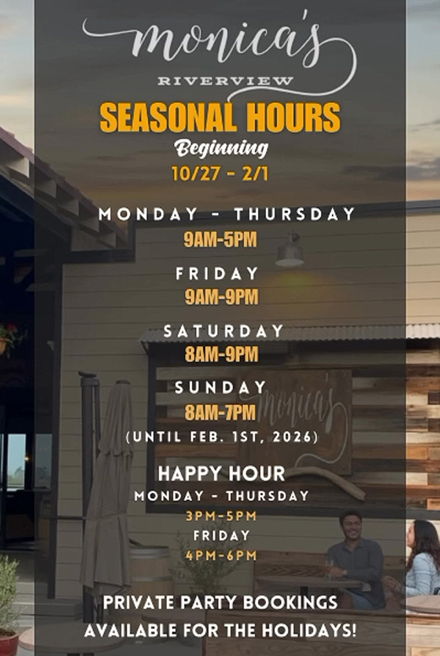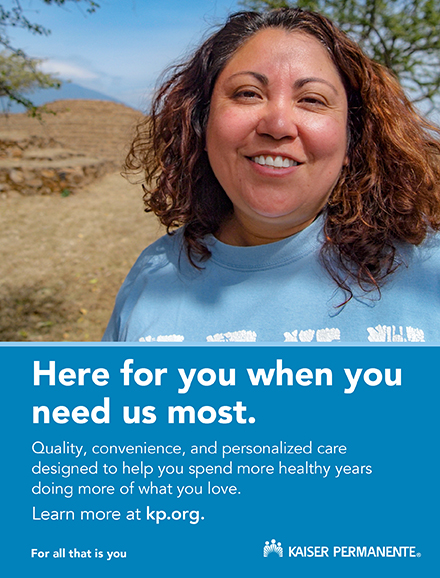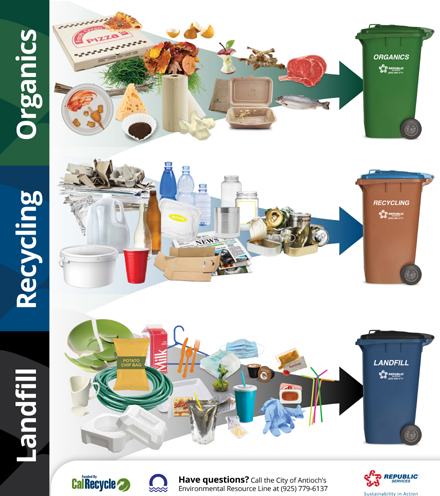Attorney General Bonta announces $575 Million settlement with Sutter Health on anti-competitive practices allegations
Monday, August 30th, 2021
OAKLAND – California Attorney General Rob Bonta Friday, August 27 lauded Judge Massullo’s final approval of a landmark $575 million settlement with Sutter Health (Sutter). The settlement agreement was reached in 2019, and resolves allegations by the Attorney General’s office, the United Food and Commercial Workers and Employers Benefit Trust (UEBT), and class action plaintiffs that Sutter’s anticompetitive practices led to higher healthcare costs for consumers in Northern California compared to other places in the state. The settlement requires Sutter to pay $575 million in compensation, prohibits anticompetitive conduct, and requires Sutter to follow certain practices to restore competition in California’s healthcare markets.
“This is a groundbreaking settlement and a win for Californians,” said AG Bonta. “Sutter will no longer have free rein to engage in anticompetitive practices that force patients to pay more for health services. Under the terms of our agreement, Sutter’s transparency must increase, and practices that decrease the accessibility and affordability of healthcare must end. A competitive healthcare market is essential to ensuring patients and families aren’t bearing the brunt of healthcare costs while one company dominates the market.”
Sutter is the largest hospital system in Northern California. The Sutter network consists of some 24 acute care hospitals, 36 ambulatory surgery centers, and 16 cardiac and cancer centers. It also includes some 12,000 physicians and over 53,000 employees. In addition, Sutter negotiates contracts on behalf of the Palo Alto Medical Foundation and many affiliated physician groups.
This settlement is the result of litigation that began in 2014 when UEBT filed a class action lawsuit that challenged Sutter’s practices in rendering services and setting prices. They sought compensation for and an end to what they alleged were unlawful, anticompetitive business practices, which caused them to pay more than necessary for healthcare services and products. In March 2018, the Attorney General’s office filed a similar lawsuit against Sutter on behalf of the people of California, seeking injunctive relief to compel Sutter to correct its anticompetitive business practices moving forward. The separate lawsuits were combined by the court into one case. In October 2019, one day before the trial, the parties reached an agreement to settle. The settlement was filed with the court on December 19, 2019, and in March, Judge Massullo granted preliminary approval.
Today’s finalized settlement requires Sutter to:
- Pay $575 million to compensate employers, unions, and others covered under the class action, and to cover costs and fees associated with the legal efforts;
- Limit what it charges patients for out-of-network services, helping ensure that patients visiting an out-of-network hospital do not face outsized, surprise medical bills;
- Increase transparency by permitting insurers, employers, and self-funded payers to provide plan members with access to pricing, quality, and cost information, which helps patients make better care decisions;
- Halt measures that deny patients access to lower-cost plans, thus allowing health insurers, employers, and self-funded payers to offer and direct patients to more affordable health plan options for networks or products;
- Stop all-or-nothing contracting deals, thus allowing insurers, employers, and self-funded payers to include some but not necessarily all of Sutter’s hospitals, clinics, or other commercial products in their plans’ network.
- Cease anticompetitive bundling of services and products which forced insurers, employers, and self-funded payers to purchase for their plan offerings more services or products from Sutter than were needed. Sutter must now offer a stand-alone price that must be lower than any bundled package price to give insurers, employers, and self-funded payers more choice;
- Cooperate with a court-approved compliance monitor to ensure that Sutter is following the terms of the settlement for at least 10 years. The monitor will receive and investigate complaints and may present evidence to the court; and
- Prevent anticompetitive practices by clearly defining clinical integration to include patient quality of care. The settlement makes clear that for Sutter to claim it has clinically integrated a system, it must meet strict standards beyond regional similarities or the mere sharing of an electronic health record, and must be integrating care in a manner that takes into consideration the quality of care to the patient population. This is important because clinical integration can be used to mask market consolidation efforts by hospital systems, when in fact there is no true integration of a patient’s care. For example, saying that hospitals are regionally close or that hospitals are sharing electronic health records is not enough, there must be close coordination that will lead to less costly, higher quality care for local communities.
A report by the University of California Berkeley showed that over-consolidation drives up prices for consumers. According to the study, outpatient cardiology procedures in Southern California cost nearly $18,000 compared to almost $29,000 in Northern California. For inpatient hospital procedures, the cost in Southern California is nearly $132,000 compared to more than $223,000 in Northern California, a more than $90,000 difference. A 2016 study found that a cesarean delivery in Sacramento, where Sutter is based, costs more than $27,000, nearly double what it costs in Los Angeles or New York, making Northern California one of the most expensive places in the country to have a baby.
Sutter Health offered the following response to the settlement:
“Today’s ruling brings closure to this matter, which was settled almost two years ago. This voluntary settlement enables Sutter Health to maintain our integrated network and ability to provide patients with access to affordable, high-quality care. Sutter’s quality of care is nationally recognized, with the majority of hospitals and care facilities outperforming state and national averages in many measures of quality. We look forward to continuing to work with our health plan partners at the same time we continue to care for the underserved in our communities.”
A copy of the final approval order and judgment are available here and here.












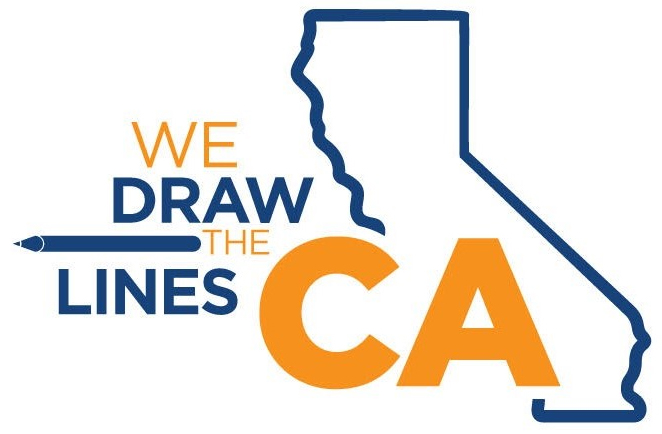

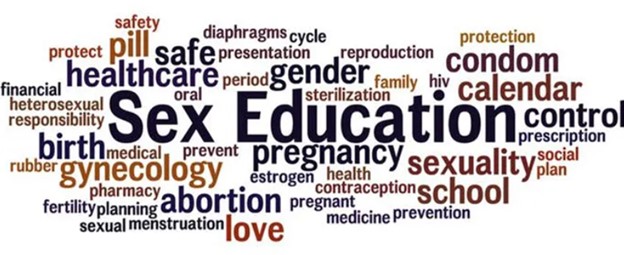

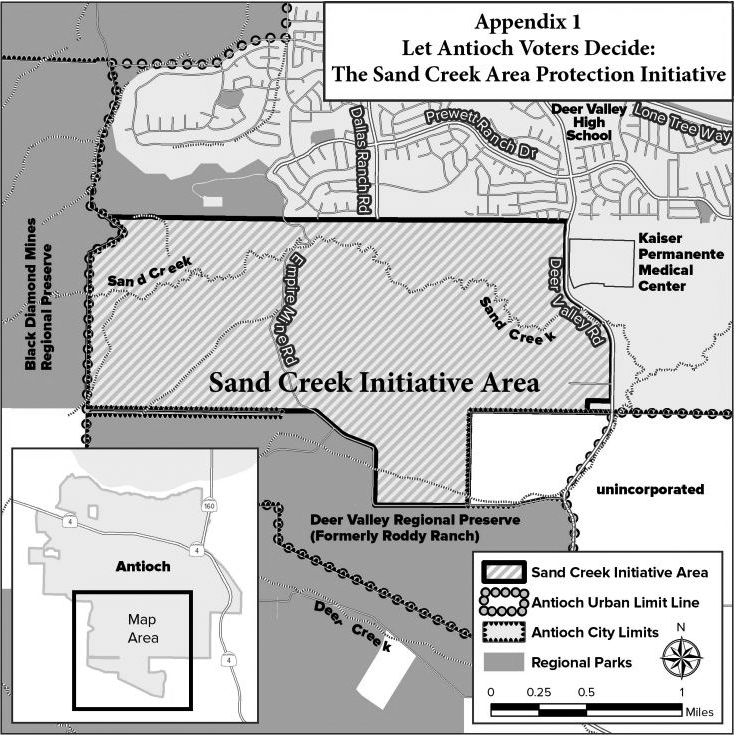
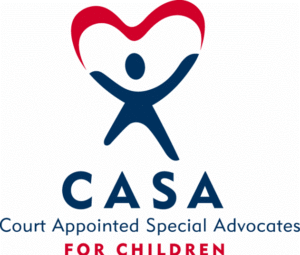 California CASA announced today, Friday, March 12, 2021, that it has published its
California CASA announced today, Friday, March 12, 2021, that it has published its 


